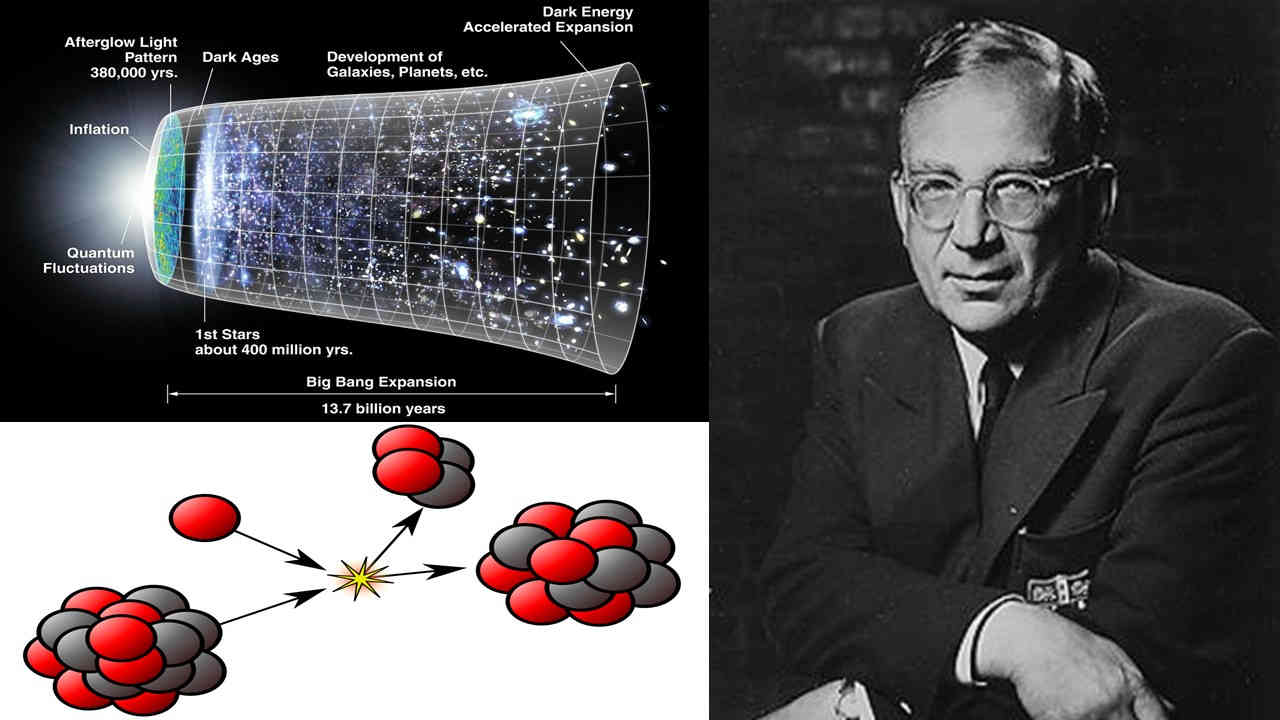
Who was Joseph Fourier?

10 Albert Einstein Quotes To Succeed In Life

Apart from making groundbreaking discoveries in physics, Albert Einstein also played the role of a motivational guru quite often. So, following are 10 Einstein quotes that will change your life.
1. Everyone sits in the prison of his own ideas; he must burst it open, and that in his youth, and try to test his ideas on reality. [Meaning: Don't keep delaying what you really want to do. Try it out for who knows what is possible?]
2. Joy in looking and comprehending is nature's most beautiful gift. Never lose a holy curiosity for it has its own reason for existing. [Meaning: Every child is born curious. Keep your mind open to new adventures.]
3. Try to become not a man of success, but try rather to become a man of value. Because, only a life lived for others is a life worthwhile. [Meaning: Our relationships are just as important as goals.]
4. Life is like riding a bicycle. In order to keep your balance you must keep moving. [Meaning: Enjoy the ride. Don't be afraid to fall.]
5. Don't think about why you question, simply don't stop questioning. Don't worry about what you can't answer, and don't try to explain what you can't know. [Meaning: Curiosity is a quality one must never let go of. Ask questions as they will lead you to life's answers.]
6. Blind obedience to authority is the greatest enemy of truth. [Meaning: Don't follow people blindly.]
7. The value of a college education is not the learning of many facts but the training of the mind to think. [Meaning: Learn how to think, not what to think.]
8. I never think of the future. It comes soon enough. [Meaning: Live in the moment. Act now.]
9. The mediocre mind is incapable of understanding the man who refuses to bow blindly to conventional prejudices and chooses instead to express his opinions courageously and honestly. [Meaning: Break the mould you were born into.]
10. If A is success in life, then A = x + y + z. Work is x, play is y and z is keeping your mouth shut. [Meaning: Work hard. Play hard. Stay humble.]
Five Interesting Facts About George Gamow

College life
Important contributions
Writings
Educator
Personality
Who was Gustav Kirchhoff?

- The algebraic sum of currents meeting at a point is zero.
- The directed sum of the voltages around any closed loop is zero.







 Physics, astronomy and science history blog for students
Physics, astronomy and science history blog for students